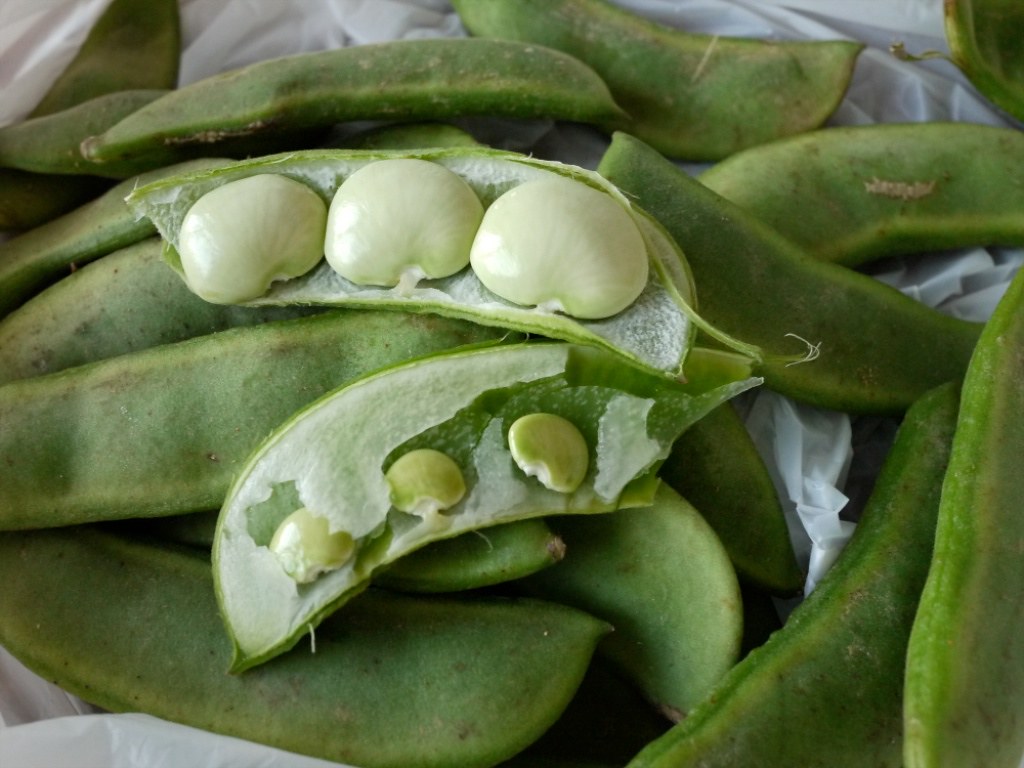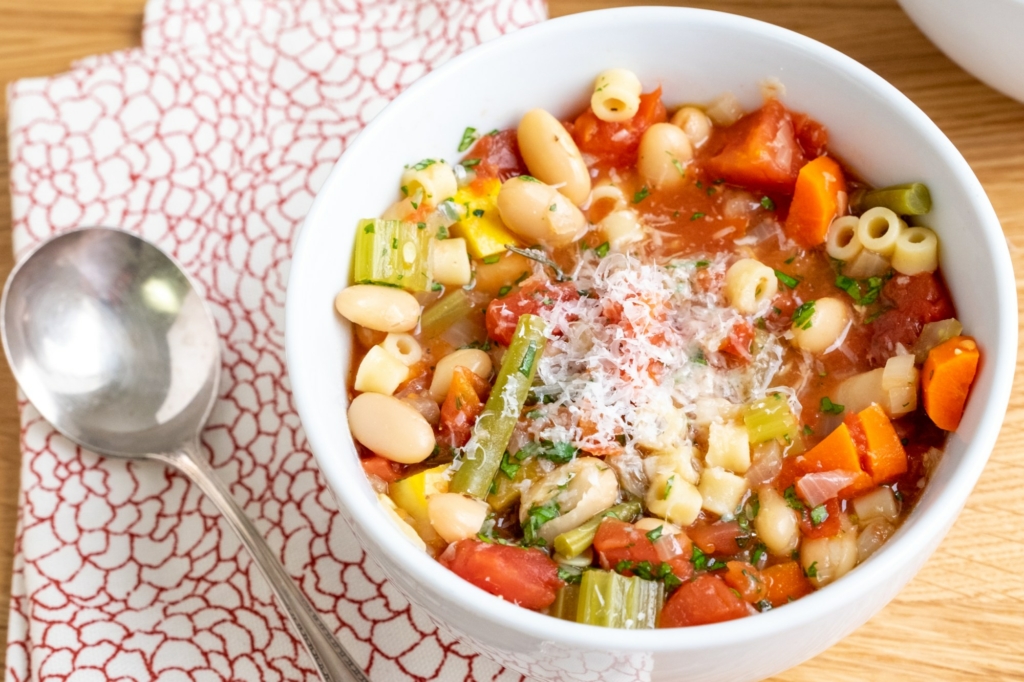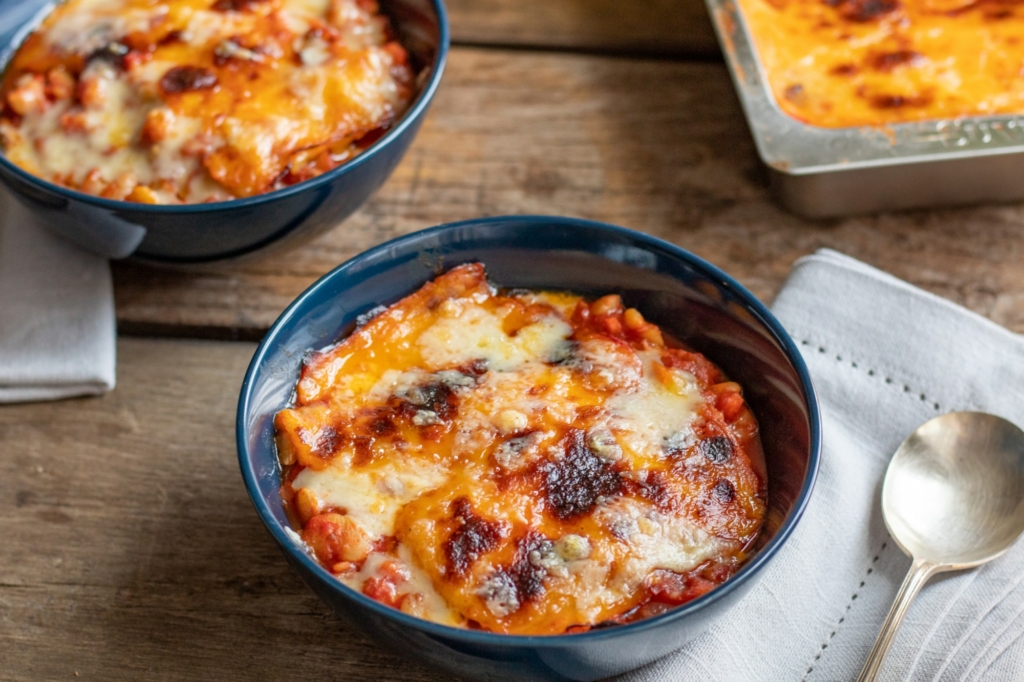Lima beans (Phaseolus lunatus) commonly known as butter beans or double beans are a popular legume cultivated for their edible beans or seeds. While often reviled, we think that lima beans are a delicious and versatile ingredient that is worthy of a second look.
What are Lima Beans?
Lima beans originated in Peru around 800 BC where the ancient Moche civilization used these flat beans in their cooking. The name “Lima” is derived from the name for the capital city of Peru.
Lima beans have two cultivar types, the bush and pole/vine cultivar. The bush cultivars mature quickly compared to the pole ones. Some bush-type cultivars include Eastland and Henderson, while Christmas and Willow leaf are pole varieties. Lima beans have a flat, oval-shaped appearance and are usually white or green in color, but they also exist in other colors like black and red. The beans are a warm-season crop planted at the start of June and are ready to be harvested about 10-12 weeks later. In the United States they are mainly cultivated in Delaware.

These beans are available either shelled or unshelled and are consumed in 3 forms: dried, frozen and canned. Although jam-packed with nutrients, lima beans should be avoided by people who have a history of legume allergy.
Varieties of Lima Beans
Lima beans have two main varieties, the domesticated one is Lunatus while the wild one is Silvester.
What do Lima Beans Taste Like?
Lima beans have a rich flavor that’s pleasantly sweet, nutty, and starchy. Their super buttery texture, however, makes them a versatile vegetable on your plate.
Culinary Uses of Lima Beans

Lima beans can be added to various soups, stews, and broths. Try our Minestrone recipe by swapping Lima beans for kidney beans for that extra rich flavor. They make an ideal combination with poultry, pork, lamb, and seafood dishes due to their creamy taste and texture. They are perfect for salads and grain bowls, and can be blended into various sauces, dips, and dressings.
Check out our Frittedda Siciliana recipe that is loaded with beans, mint, and artichokes for a light and bright approach to this buttery bean. Or you might like our pizza beans recipe by substituting gigante beans with lima beans. Lima beans are a versatile ingredient that tastes great whether it’s cooked for breakfast, lunch, or dinner.

Feature Image: Flickr user perfectlyGoodInk ( CC BY-NC-SA 2.0 )



